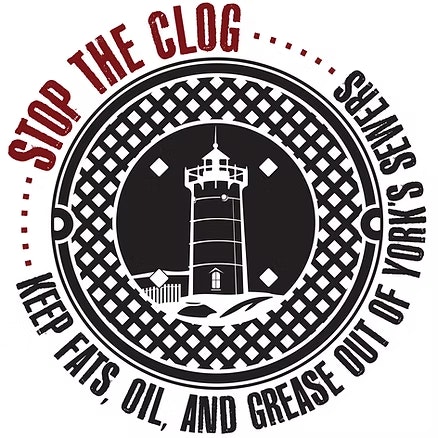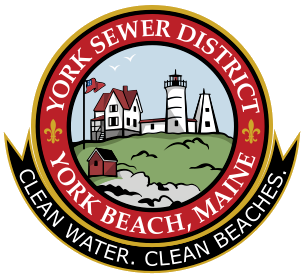FOG Program

This is an informational page for our Commercial Customers. Please continue below to find links to our Rules & Regulations, Frequently Asked Questions, and Best Management Practices.
One of the greatest challenges to successful operation of our community’s sewers is improper disposal of Fats, Oil, and Grease — we call it FOG. When dumped or washed down the drain, they cause blockages in the sewer and create overflows of raw sewage into our waters. Not only are blockages bad for water quality, but they can result in additional charges beyond your sewer rates (extra cleaning, emergency response, violations, etc.). FOG can also cause backups in your plumbing.
Rules & Regulations Fog Application
The York Sewer District has recently updated its sewer use regulations and applications to better protect our waterways and beaches. These new regulations may require you to modify your facility’s operations.
FOG Permit InformationRules and RegulationsSelf Cleaning Rules
FAQ's
All FSEs should be equipped with Grease Interceptors and/or Grease Traps designed to limit the discharge of grease and oil to the public sewer system.
All wastewater from food preparation operations and/or washing and clean-up operations, including but not limited to pot sinks, pre-rinse stations, work stations, soup kettles, braising pans, mop sinks and wastewater generated from exhaust fan hood cleaning operations should discharge to a grease removal device. All automatic dishwasher wastewater, excluding pre-rinse stations, should bypass the grease removal device and be discharged directly into the sewer system.
Grease Interceptors should have a minimum depth of 4 feet and a minimum capacity of one thousand gallons and should have sufficient capacity to provide at least 24 hour detention period for the process flow. The minimum process flow should be based on 30 gallons per seat/chair per day or based upon actual water usage for existing facilities. Grease Traps should have a minimum capacity of 25 gpm flow. For more sizing information on Grease Interceptors refer to the Uniform Plumbing Code 1014-0.
External Grease Interceptors should be inspected monthly by the owner(s) and cleaned by a state licensed septage hauler whenever the level of grease is 25% of the effective depth or at least every three months, whichever is sooner. Internal Grease Traps should be cleaned as needed.
FOG Best Management Practices
Wipe or scrape food residue into the trash from pots, pans, dishware, and work areas before washing.
By disposing of excess food and scraps into the trash it will keep your grease removal device functioning properly and minimize the amount of TSS and BOD entering the sewer system.
Ensure to educate your employees about proper disposal of fats, oils, and grease.
Clean exhaust filters and kitchen mats in sinks (not outside). This stops pollutants from entering the storm drains.
Collect and store used cooking oil in a barrel or bin. Use an approved grease hauler for FOG disposal.
When an oily, greasy spill occurs, block off any sink or floor drain. Clean up the spill with an absorbent material like cat litter or absorbent sweep. Put absorbed material in the trash.
Install drain screens in all drains (food sinks, floors, mop sinks, and hand sinks) to capture scraps and other solid materials. Ensure that the materials are disposed of in the TRASH.
Post signs near sinks and dishwashers.
Insure that you know the cleaning requirements for the grease removal equipment you have and ensure that your equipment is maintained on those schedules.
Make sure to have your YSD Grease Cleaning Record Form filled out each time the trap or interceptor is cleaned or serviced.
